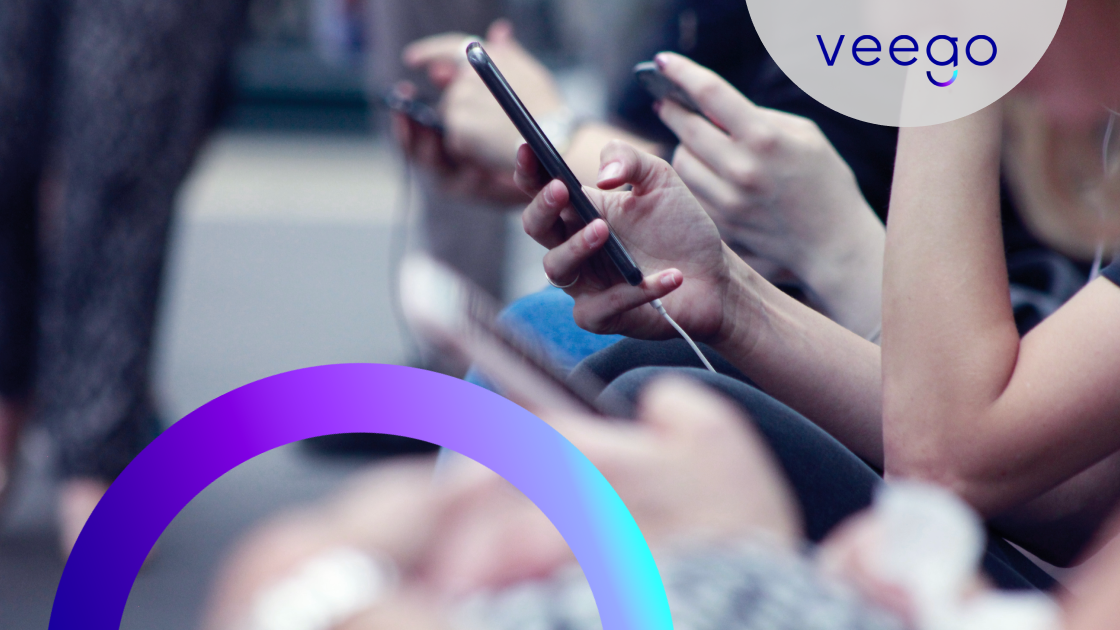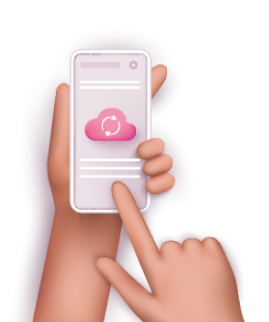When it comes to whether product vendors and service providers should continue investing in reactive technical support, some view this as a losing proposition. A big reason is that today’s skills shortage means there aren’t enough trained personnel to field every support call successfully without prohibitively raising hold times. But even if there were thousands of graduates queuing up to join the trenches of technical support, much of that investment would be beside the point.
One famous stat makes it clear—42% of customers would rather clean the toilet than call support. Even if on-hold time is short and customer service reps (CSRs) are both polite and competent, many customers simply don’t want to reach out to technical support.
The mindset that self-service is a compromise is outdated. One study found that 81% of people actually want more self-serve options than they currently have. ATMs, self-serve gas pumps and self-checkout machines at grocery stores are leading the way in delighting end users because faster, simpler and increased customer control are highly desired.
As more industries follow this lead, technical support isn’t far behind. Giving customers self-care technology will aim to help them succeed alone and avoid tech support calls altogether.
How Technology Has Taken A Leap
While early attempts at technology-based self-care were mainly rule-based—“if the customer says this, then answer that”—recent AI advancements provide smart devices with self-healing capabilities to fix many tech problems autonomously.
AI can unobtrusively monitor the usage of any service, evaluate surrounding conditions, detect problems, analyze root causes and arrive at a resolution that can remove the need for tech-support involvement. In many cases, the AI can react so fast that it can fix problems before the customer notices them, and sometimes before the issues even occur.
However, we’re a long way away from removing people from the equation altogether. There will always be a need for human intervention, and when this need arises, self-care can assist today’s increasingly independent consumers.
Understanding The Benefits Of Self-Care
For businesses interested in adopting self-care technology, here are a few key aspects to understand when seeking buy-in.
Deflected Support Tickets
The average cost of resolving a ticket is anywhere between $2.93 and $49.69, with the cost tripling as an issue goes through escalation. Adding support reps to the team isn’t necessarily scalable. The more reps you take on, the higher your costs.
Always-On Support
Hosting an in-house call center or even outsourcing it to competent and knowledgeable third parties is a huge investment. When a customer can deal with many of their problems alone, you suddenly offer support 24/7 at zero additional cost to the business.
More Strategic Conversations
How many times can support reps repeat “have you tried turning it on and off again?” Self-care frees up CSRs for more strategic and niche conversations, giving reps the ability to help those who really need it.
Shorter Hold Times
When many low-level and repetitive questions are being answered with the help of self-serve capabilities, hold times are heavily reduced. That means happier and less frustrated customers and more time in the day for CSRs to take calls.
Boosted CSAT
Shorter hold times, quicker problem resolution and proactive support make for happy customers who are more likely to rate highly, renew subscriptions and become brand advocates who are delighted to tell their friends.
Adopting Self-Care Capabilities In The Customer Journey
When you’re thinking about self-serve and self-care, you need to think from the customer’s perspective. Understand the true context behind every customer problem and avoid getting the customer to repeat their challenges, and the interaction will be far easier overall.
To add self-care to the way you support your users, try these ideas.
Speak to your reps.
Gather a list of FAQs that are based on CSRs’ real-world challenges and create self-serve options that address these needs. It could be a tutorial video on setting up a router, a webinar on common causes for signal interference or step-by-step instructions for changing your password. Organize these on your website, host content in an academy or auto-send to users in response to specific keywords in their tickets.
Give support teams the answers.
The only thing worse than a lengthy sit on hold is a lengthy sit on hold without even getting your solution. Give support teams visibility by making sure they are aware of knowledgebase articles and other customer education and see if you can utilize technology to go further. With the right tools to hand, your CSRs can access real-time information about the device or service that prompted the call, shifting from “What appears to be the problem today?” to “I see the problem—here’s what I can do.”
Meet the customer where they are.
A mobile phone is one device that we can be almost sure every user will have, so apps are one of the easiest ways of boosting customer engagement. Consider offering alerts, push notifications or proactive warnings to let users know about potential or active service interruptions. If possible, offer actionable tips that could allow them to solve the issue themselves, without needing to call at all.
Bringing Self-Care Technology Into The Call Center
McKinsey reports that “as digital natives set a new benchmark for customer experience across industries, operators can…rethink their approach to serving, satisfying, and delighting customers.”
Adding intelligent self-care capabilities to support CSRs and subscribers can be achieved by developing a strategy and following the steps above. Having the right tools and processes in place to provide contextual self-service as part of the customer journey can result in customer and employee success.





